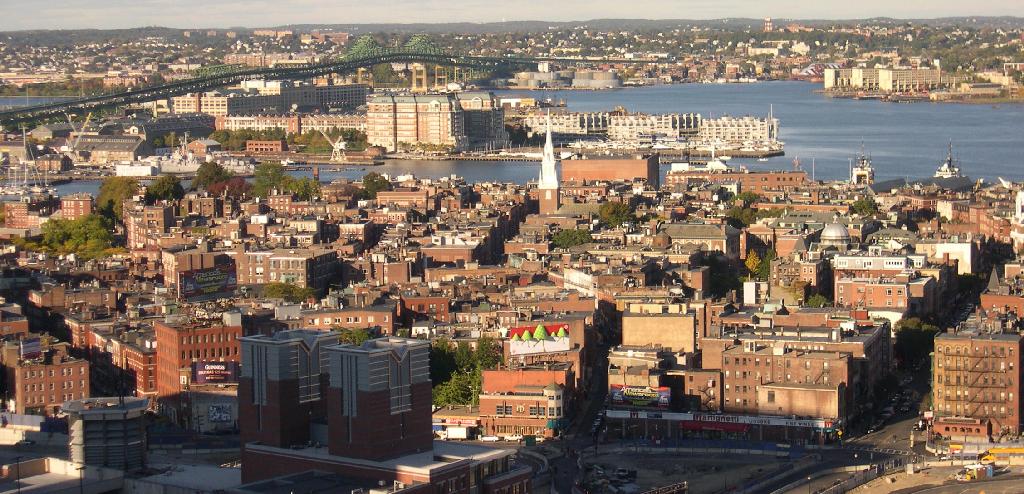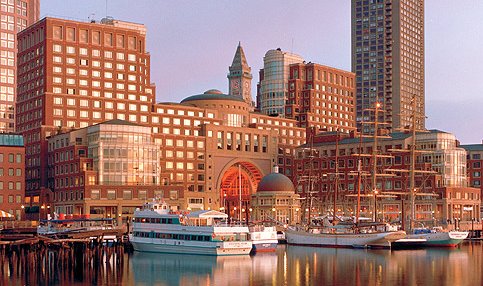There are many functions of an urban area including: retailing, wholesaling, manufacturing, business service, entertainment, religious service, political and official administration, military defensive needs, social service, public service, transportation and communication services, meeting place activity, visitor service, and place to live. Boston's coastal location on the north Atlantic makes it the economic and cultural center for the region. Although Boston is the fourth most densely populated city in the country. Boston is also surrounded by the "Greater Boston"and surrounded by cities such as Chelsea, Everett, Somerville, Cambridge, Canton, Milton and Quincy. These cities are considered
hinterland as they are the area surrounding a city that directly serves and is served by a city.
Some random facts about Boston:
1. Before the advent of railroads in the middle of the 19th century, all major cities, such as Boston, were associated with waterways.
2. Newspapers reach over 5 percent of all households in Boston than papers from any other center.
3. Boston is one of 24 metropolitan migration fields, which influences the characteristics of the center's population.
4. Boston is one of 7 most diversified cities: Los Angeles, San Francisco, Chicago, St. Louis, Philadelphia and New York.
5. Boston is considered a
conurbation, or urban cluster. The major urban cluster, and the one called the Megalopolis of America, is the continuous urban string that stretches from north of Boston to the many suburban towns of norther Virginia and includes Boston, Providence, Hartford, New York, Newark, Trenton, Philadelphia, Wilmington, Baltimore, and Washington D.C.
6. Boston is full of new skyscrapers and historic neighborhoods.
















